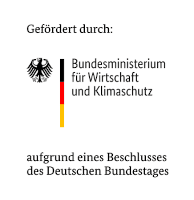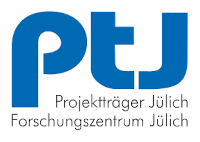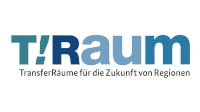The European Composites Industry Association (EuCIA) has issued a fact sheet outlining progress towards the new Eurocode for composites, which is set to put composite materials on the same level as conventional construction materials. The publication of CEN Technical Standard (CEN/TS) 19101: Design of Fibre-Polymer Composite Structures, the future Eurocode for composites, starts a trial phase during which designers and engineers are encouraged to apply the guidelines in real cases.
In Europe, many design guides for composites have been issued in different countries, but a more comprehensive approach is required for engineers to have confidence in designing safe structures with composite materials. Composites were not included the first editions of the Eurocodes, a series of European Standards which provide a common approach for the design of buildings and other civil engineering works. CEN/TS 19101, published in November 2022, provides clear guidance on how to design structures based on fibre reinforced polymer composites and is the result of more than 12 years of work in European Committee for Standardisation (CEN) Technical Committee 250 (TC250) Working Group WG4 ‘Fibre Reinforced Polymers.’
A further step forward was achieved on March 27th, when a proposal for CEN/TC250 to develop execution provisions for fibre-polymer composite structures, referring to production, installation and maintenance procedures not included in TS 19101, was accepted.
“The outcome of the TC250 ballot was in favour of drafting the annex on execution, which will continue the excellent work done on TS 19101 over the past years,” says Professor Luigi Ascione, leader of WG4. “We will start this new activity in the coming weeks.”
“Having a dedicated Technical Specification for composite materials is a landmark moment for the European composites industry, establishing composites as a credible construction material alongside steel, concrete and aluminium,” states Prof. Eric Moussiaux, CEN/TC250 WG4 Liaison Officer for EuCIA. “Extensive testing of CEN/TS 19101 within the composites industry and wider building and construction community will shape the final draft prior to its finalisation as a Eurocode.”
“EuCIA, its members and partners recognise the excellence work carried out by the CEN/TC250 working group,” adds Roberto Frassine, President of EuCIA. “This is another important milestone for the European composites industry and paves the way for a more sustainable construction environment.”
CEN/TS 19101 is available for sale in many European countries via their National Standardisation Bodies. The decision to turn it into a Eurocode is expected to be taken in 2025-2026.
EuCIA’s fact sheet, The Publication of CEN Technical Standard (CEN/TS) 19101: Design of Fibre-Polymer Composite Structures, is available to download from the association’s website.

About EuCIA
Headquartered in Brussels, the European Composites Industry Association (EuCIA) represents European national composites associations and industry-specific sector groups at EU level. With the support of its members, EuCIA is actively contributing to building an economically and environmentally sustainable European composites industry. EuCIA closely monitors relevant standards and legislation, actively communicates the ways in which composites contribute to a more sustainable world, and promotes educational activities. Our initiatives aim to ensure the healthy growth and continued competitiveness of more than 10,000 companies and an estimated 150,000 employees involved in composites manufacturing across Europe. For further information please visit www.eucia.eu







![BMBF_CMYK_Gef_M [Konvertiert]](https://composites-united.com/wp-content/uploads/2022/03/BMBF_gefoerdert_en_rgb.jpg)









